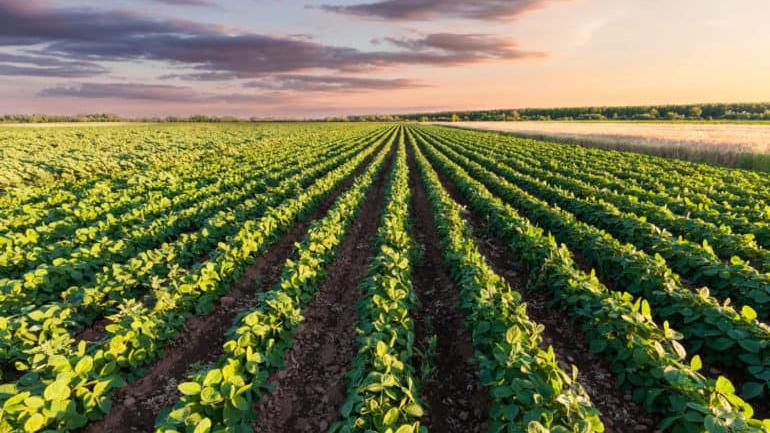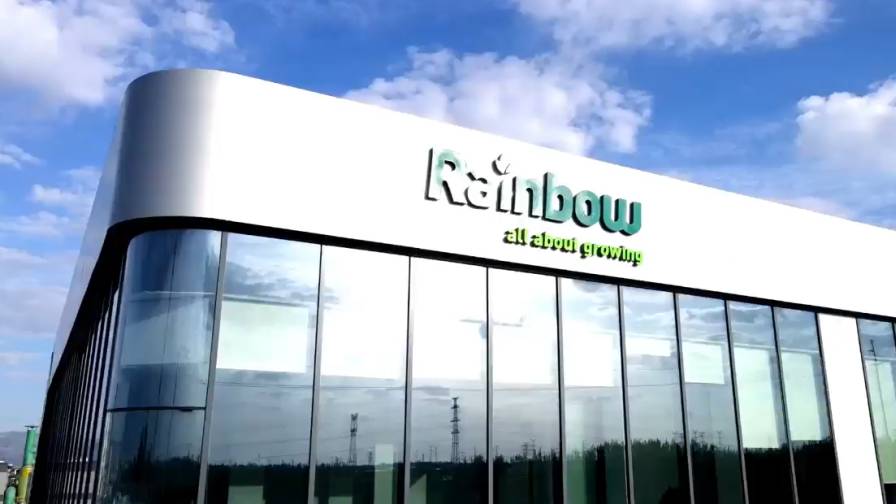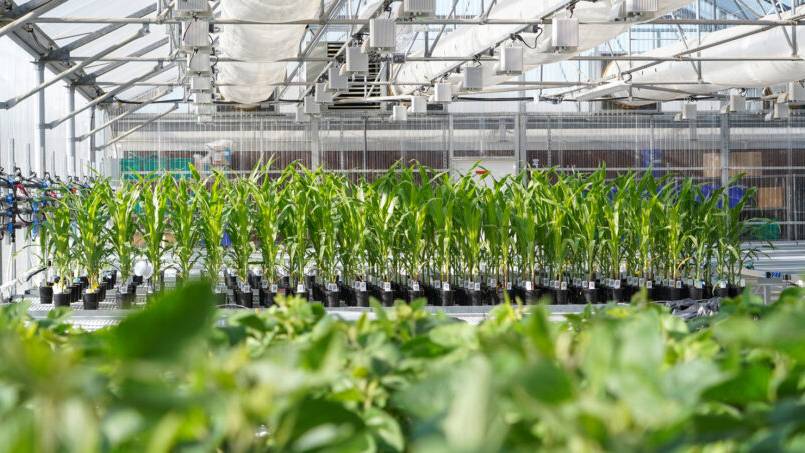Making Sense of Sensors for Precision Agriculture
Precision agriculture continues to gain interest and traction throughout the crop inputs industry. Integrated solutions – whether they include drones, satellites, sensors, or other technologies — have much to offer growers and certainly could have an impact on application. AgriBusiness Global interviewed Ash Madgavkar, founder of Ceres Imaging, a California-based precision agriculture company that helps growers and farm advisors make intelligent farm management decisions with proprietary sensors, analytics, machine learning models, and plant science.
Madgavkar discussed how sensors fit into the larger precision agriculture picture today what role they will play in the future.
Precision application is rapidly growing around the world. What role do sensors play in precision application?
We host a continuing education show called “Advances in Imagery.” On our most recent episode, UC Cooperative Extension Farm Advisor, George Zhuang argued that data is the single biggest thing holding back precision application. We agree with this view and think sensors will provide:
- Important input into pre-season nutrient VRA prescriptions and planning;
- A critical component for any in-season nutrient VRA prescriptions; and
- Critical data for non-nutrient related precision applications, including pesticide, fungicide, water, and growth regulator applications.
How does sensor technology integrate with other precision agriculture technology?
Ceres Imaging is designed to empower growers to make smart decisions. To that end, we’ve integrated it with many leading digital farming platforms such as FieldView and John Deere Operations Center. This means our imagery can be viewed on those platforms and alongside other data sources. We’ve also made it easy for growers to upload third-party data onto the Ceres Imaging platform if they prefer working on our tool. Some growers are integrating Ceres with their yield maps to improve the granularity/resolution of those yield maps.
Ceres Imaging has also prioritized integrations with other hardware providers to increase the accuracy of our insights and make the data more actionable. This includes integrations with in-field sensors, as well as the next generation of precision irrigation equipment.
How will sensor technology change over the next few years/decade and what impact will it have on precision agriculture?
Sensor technological change is being driven by cost reductions in sensor hardware, improvements in AI and data analytics, and benefits that come from working with larger data and more diverse data sets. We think that with these improvements, sensing will evolve from doing issue identification to making issue predictions and diagnosis. We see a continued trend toward integration between different types of sensors and hardware. And we think that will benefit the larger sensing companies that can provide the scale required to make such integrations worthwhile. We also think usability and actionality will improve dramatically, which will increase adoption significantly. In the past growers had to do deep training and sift through hundreds of images. Today (there are) tools to automatically detect, rank and diagnose center-pivot issues so managers can get back into the field and focus on the important stuff.
What factors (i.e., industry related, economic, regulatory) will influence how sensors are used in the future?
Below are some of the meta-trends we think will influence rates of adoption and how sensors are being used.
- Prices: Low commodity prices discourage investments in management practices. We think low commodity prices will slow adoption in the short term.
- Costs: On the other side of this trend, we think input and labor cost increases will expand the adoption of sensors, which can significantly decrease nutrient, disease management, and water input costs.
- Regulation: We expect sensors to be used for compliance as well as better resource management in response to regulation.
- Climate change: We are seeing increased variability of weather events drastically increase the adoption of sensor technology as stagnant forecasting models become irrelevant.
What in the short term can companies do to mitigate the costs that tariffs will create?
In the short term we’ll continue to see some growers try to rein in costs until they have a clearer picture of the tariffs. We’re seeing this with growers who are looking for maneuverability and opportunities to delay or avoid significant upfront spending. An example of this is adopting variable rate or in-season nitrogen application as an alternative to a large upfront nitrogen application.
For more vertical players, we’ll see some tough calls on in-season investments. For example, one of our larger customers, Olam International, is using our Cumulative Stress Index to predict yield in season. It’s helping them analyze the ROI on various potential fixes or investments to improve yield. I think we’ll see more producers following their lead.







